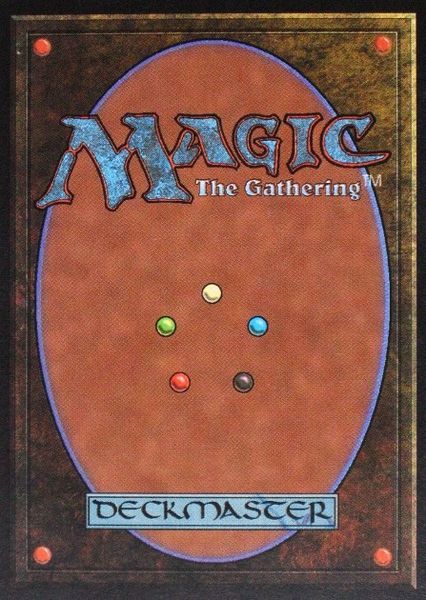Magic: The Gathering (1993) Board Game
Magic: The Gathering is a collectible card game created by mathematician and game designer Richard Garfield and first published in 1993 by Wizards of the Coast. It quickly gained popularity and became one of the most successful trading card games in the world. The game combines elements of strategy, fantasy, and role-playing, allowing players to build their decks and compete against each other in battles using different creatures, spells, and abilities.
Game Components of Magic: The Gathering
How To Setup Magic: The Gathering
To set up Magic: The Gathering, each player begins with 20 life points and a deck of 60 cards. Players draw seven cards from their deck to start the game. The objective is to reduce the opponent’s life points to zero. The game involves playing lands to generate mana, which is used to cast spells and summon creatures.
Gameplay Mechanics and Game Objective
Player Experience
Playing Magic: The Gathering offers a deep and complex gameplay experience that involves strategy, deck-building, and social interaction. Players can engage in casual games or competitive tournaments. The game has a steep learning curve but rewards players with a rich and dynamic experience.
Pros
Cons
Personal Thoughts on Magic: The Gathering
Magic: The Gathering is ideal for players who enjoy strategic depth, collectibles, and social gaming. It is particularly appealing to those who appreciate complex game mechanics and the thrill of discovering rare cards. However, it may not be the best fit for casual players looking for a quick and simple game due to its intricate rules and high entry cost. Nonetheless, its enduring popularity since its release in 1993 is a testament to its enduring appeal and the rich gaming experience it provides.
We are supported by our audience. When you purchase through links on our site, we may earn an affiliate commission, at no extra cost for you. Learn more.

